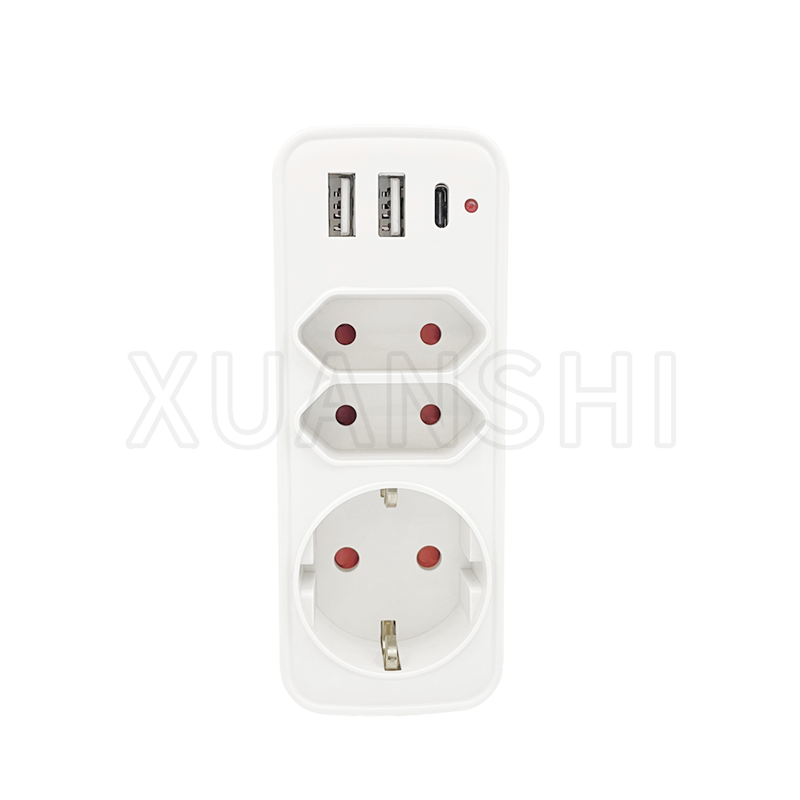Several environmental factors can degrade the performance of rubber extension cables over time. These factors can impact the insulation, conductors, and overall integrity of the cable. Here are some of the key environmental factors to consider:
1.Temperature Fluctuations:
Rubber extension cables are often exposed to a wide range of temperatures, which can impact their performance. Cold temperatures can cause the rubber insulation to become less pliable, increasing the risk of cracks and reduced flexibility. Conversely, exposure to high temperatures can lead to the softening of rubber materials, potentially compromising their insulating properties.
2.UV Radiation:
Ultraviolet (UV) radiation from sunlight contains high-energy photons that can break down the molecular structure of rubber materials over time. Prolonged exposure to UV radiation can result in the degradation of the cable's outer jacket and insulation, leading to a loss of mechanical strength and electrical insulation effectiveness.
3.Moisture and Humidity:
Outdoor applications expose rubber extension cables to moisture in various forms, including rain, dew, and high humidity levels. Water penetration into the cable can degrade insulation and promote electrical conductivity, potentially leading to short circuits and corrosion of conductors.
4.Chemical Exposure:
Rubber extension cables utilized in industrial environments may be exposed to various chemicals and corrosive substances. These chemicals can gradually erode the rubber insulation and jacket, compromising the cable's structural integrity and electrical insulation properties.
5.Ozone Exposure:
Ozone in the atmosphere can have a detrimental effect on rubber materials. Ozone attacks the double bonds in rubber molecules, leading to the formation of cracks on the cable's surface. Over time, these cracks can deepen, increasing the likelihood of electrical faults.
6.Physical Stress:
Cables installed in areas with heavy machinery, vehicles, or other sources of physical stress can experience mechanical damage. Continuous pressure or abrasion can weaken the cable's outer jacket and expose internal conductors, creating a risk of electrical faults.
7.Abrasion and Friction:
In applications where cables are moved or subjected to friction against abrasive surfaces, the outer jacket can gradually wear down. This wear and tear can lead to the exposure of conductors and compromise the cable's integrity.
8.Pests and Rodents:
Rodents and insects are known to gnaw on cables, including rubber extension cables. Such actions can result in physical damage to the cable's jacket and insulation, increasing the risk of electrical hazards and failures.
9.Natural Elements:
Falling debris, rocks, branches, or other natural elements in outdoor environments can impact and damage exposed rubber extension cables. These impacts may lead to cuts or punctures in the cable's insulation, potentially compromising electrical safety.
10.Aging:
Over time, rubber materials undergo a natural aging process due to oxidation. This aging process can cause rubber to lose its flexibility, become brittle, and develop surface cracks, all of which can reduce the cable's overall performance and lifespan.
Model: XS-ZHQD3U
Input Voltage and Current: 16A/250V AC
Exterior Color: White
Applicable Standards: Max.3500W
Product Certification: CE
Packaging Details: card with bag or hanging package
